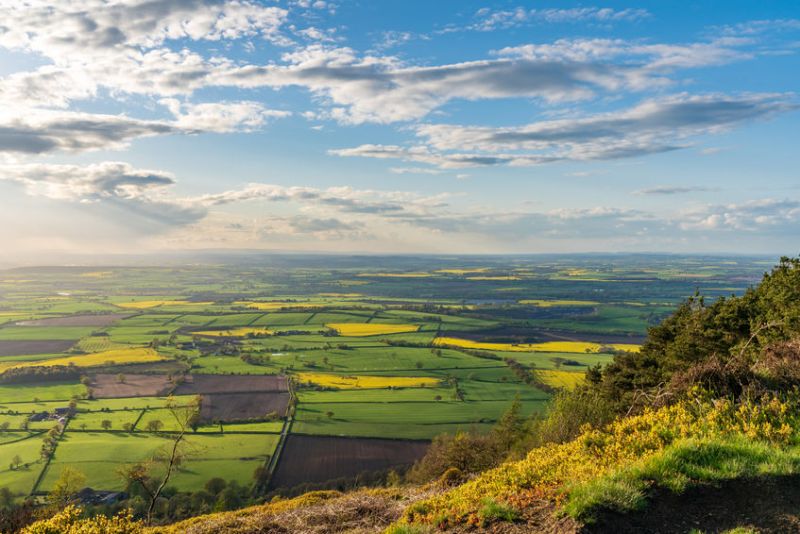
The area of oilseed rape crops in England has decreased by 10.8%, falling from 571,000 hectares in 2018 to 509,000 hectares in 2019, official figures show.
The figures, released by Defra on 26 September, shows the estimates of crop areas and livestock numbers on commercial farms in England on 1 June this year.
The results are estimates and are subject to change and may be updated with the final UK figures in December.
The decrease in OSR crops was mainly due to a 9.2% decrease in the area of winter oilseed rape, which accounts for the majority (96%) of all oilseed crops, Defra says.
Despite this, the total area of arable crops has increased by 1.0% since 2018, and now stands at almost 3.9 million hectares in 2019.
Cereals and oilseed crops account for the majority (82%) of the total arable crop area.
The area of cereal crops increased by 3.7% to almost 2.7 million hectares in 2019.
This was despite a fall of 5.8% in the area of spring sown barley which decreased to 444,000 hectares in 2019.
This was more than offset by the increases in the area of wheat, which rose by 3.6% to 1.7 million hectares and winter sown barley which increased by 15.6% to 488,000 hectares.
The area of horticultural crops accounts for 137,000 hectares of land, a small decrease (0.9%) compared to 2018.
The report then moves on to livestock numbers. The total number of cattle and calves in England is 5.3m in June 2019, a decrease of 1.7% compared to 2018.
The total breeding herd saw a slightly smaller decrease of 1.4% and now stands at just over 1.8 million.
Meanwhile, the total number of sheep and lambs decreased by 1.7%, from 15.7 million in 2018 to almost 15.4 million in 2019.
The female breeding flock decreased by 2.0% to 7.2 million, with the number of lambs also decreasing by 1.5% to 7.8 million.
